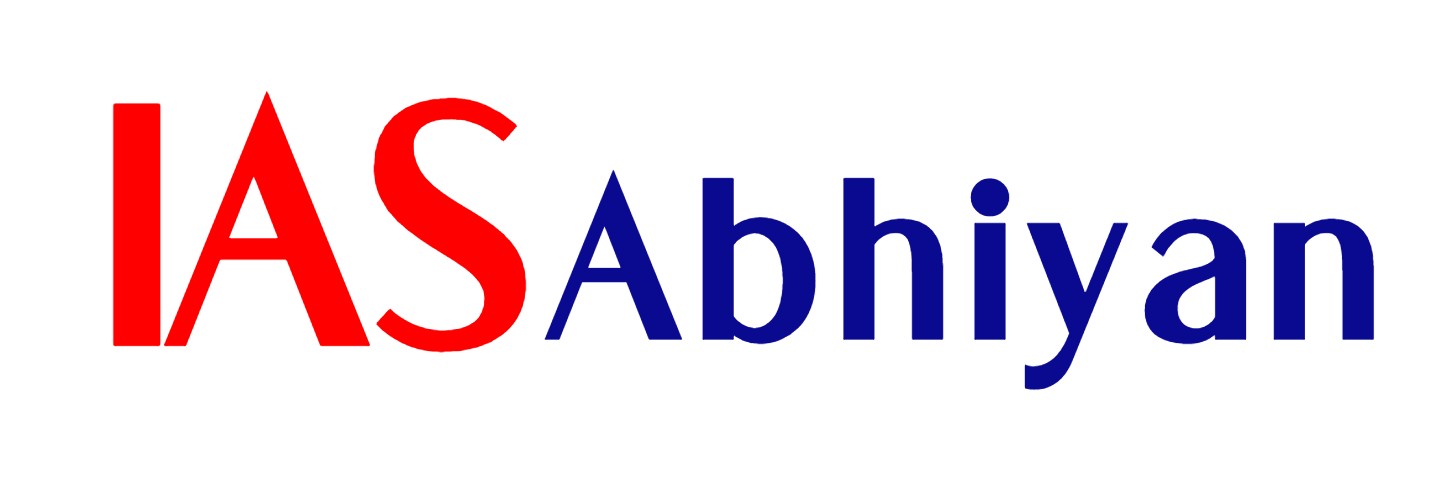Science and Scientists of Medieval India
Science
- Maktabs and Madrasas
- Sheikh Abdullah and Sheikh Azizullah headed the madrasas at Sambal and Agra
- Arithmetic, Mensuration, Geometry, Astronomy, Accountancy,
Public Administration and Agriculture were included in the courses of studies for primary education - Large workshops called karkhanas not only worked as manufacturing agencies, but also served as centres for technical and vocational training
Mathematics
- Narayana Pandit, son of Narsimha Daivajna: Works- Ganitakaumudi and Bijaganitavatamsa
- Gangadhara, in Gujarat- Lilavati Karamdipika, Suddhantadipika , and Lilavati Vyakhya
- gave rules for trigonometrical terms like sine, cosine tangent and cotangent
- Nilakantha Somasutvan- Tantrasamgraha rules of trigonometrical functions
- Ganesa Daivajna produced Buddhivilasini – a commentary on lilavati – containing a number of illustrations.
- Krishna of the Valhalla family brought out Navankura on the
Bijaganit of Bhaskara-II and elaboration of the rules of indeterminate equations of the first and second orders. - Nilakantha Jyotirvida compiled Tajik, introducing a large number of Persian technical terms.
- Faizi, at the behest of Akbar, translated Bhaskara’s Bijaganit. Akbar ordered to make Mathematics as a subject of study, among others in the education system.
- Naisiru’d –din-at –tusi, was another scholar of Mathematics.
Biology
- Hamsadeva compiled a work in the field of Biology entitledMrga-paksi-sastra-13th Century
- Akbar had a special interest in producing good breeds of domestic animals like elephants and horses.
- Jahangir, in his work – Tuzuk-ijahangiri – recorded his observations and experiments on breeding and hybridization.
- described about 36 species of animals
- Court artists, specially, Mansur, produced elegant and accurate portraitures of animals.
Chemistry
- Mughals knew the technique of production of gunpowder and its use in gunnery
- Sukraniti attributed to Sukracarya contains a description of how gunpowder can be prepared using saltpeter, sulphur and charcoal in different ratios for use in different types of guns
- Work Ain –I-akbari speaks of the regulation of the Perfume office of Akbar
Astronomy
- Mehendra Suri, a court astronomer of Emperor Firoz Shah, developed an astronomical, instrument ‘Yantraja’.
- Paramesvara and Mahabhaskariya, both in Kerala, were famous families of astronomers and almanac-makers.
- Nilakantha Somasutvan produced commentary of Aryabhatiyaa.
- Kamalakar studied the Islamic astronomical ideas. He was
an authority on Islamic knowledge. - Maharaja Sawai Jai Singh-II of Jaipur was a patron of
- He set up the five astronomical observatories in Delhi, Ujjain, Varansasi, Mathura and Jaipur
Medicine
- Sarangdhara Samhita and Chikitsasamgraha by Vangasena, the Yagaratbajara and the Bhavaprakasa of Bhavamisra
- Sarangdhara Samhita, written in the thirteenth century, includes use of opium in its material medica and urine examination for diagnostic purpose
- drugs mentioned include metallic preparation of the rasachikitsa system and even imported drugs
- Rasachikitsa system, dealt principally with a host of mineral medicines, both mercurial and non-mercurial.
- Unani Tibb system of medicine flourished in India during the medieval period.
- Ali-binRabban summarized the whole system of Greek medicine as well as the Indian medical knowledge in the book, Firdausu-Hikmat.
- The Unani medicine system came to India along with the Muslims by about the eleventh century and soon found patronage for its growth.
- Hakim Diya Muhammad compiled a book, Majiny-e-Diyae, incorporating the Arabic, Persian and Ayurvedic medical knowledge.
- Firoz Shah Tughalaq wrote a book, Tibbe Firozshahi.
- The Tibbi Aurangzebi, dedicated to Aurangzeb, is based on Ayurvedic sources.
- The Musalajati-Darshikohi of Nuruddin Muhammad, dedicated to Darashikoh, deals with Greek medicine and contains, at the end, almost the whole of Ayurvedic material medica
For Other Topic of Art and Culture : Click here
Visit Abhiyan PEDIA (One of the Most Followed / Recommended) for UPSC Revisions: Click Here
IAS Abhiyan is now on Telegram: Click on the Below link to Join our Channels to stay Updated
IAS Abhiyan Official: Click Here to Join
For UPSC Mains Value Edition (Facts, Quotes, Best Practices, Case Studies): Click Here to Join
